- Wednesday, July 02, 2025
The Modi government has put a special focus on improving India’s infrastructure and pushing the country towards becoming a $5-trillion dollar economy.
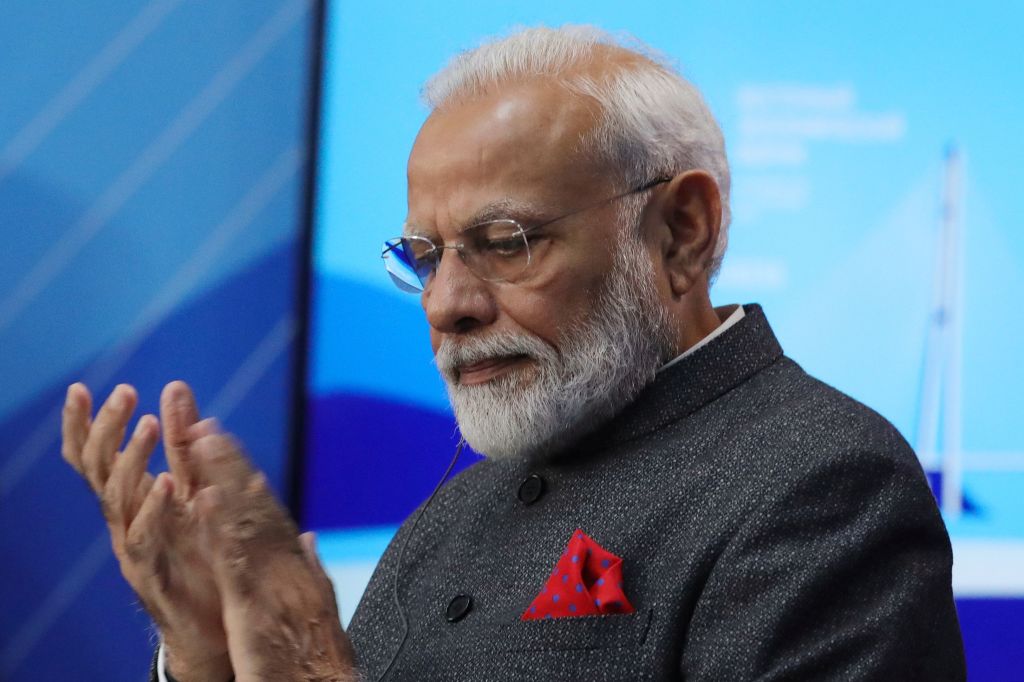
By: Shubham Ghosh
Indian prime minister Narendra Modi took oath to the country’s highest executive office on May 26, 2014, and Friday marked the ninth anniversary of his government that was re-elected in 2019.
In this nearly a decade’s time, Modi’s government has taken important steps in infrastructure, such as in roads, railways, aviation and highways and implemented several initiatives to bolster the economy and advance towards achieving a $5-trillion trillion.
India emerged key player in global affairs in 9 years of Modi rule
Here are some of the achievements that the Modi government has seen in the sector of infrastructure:
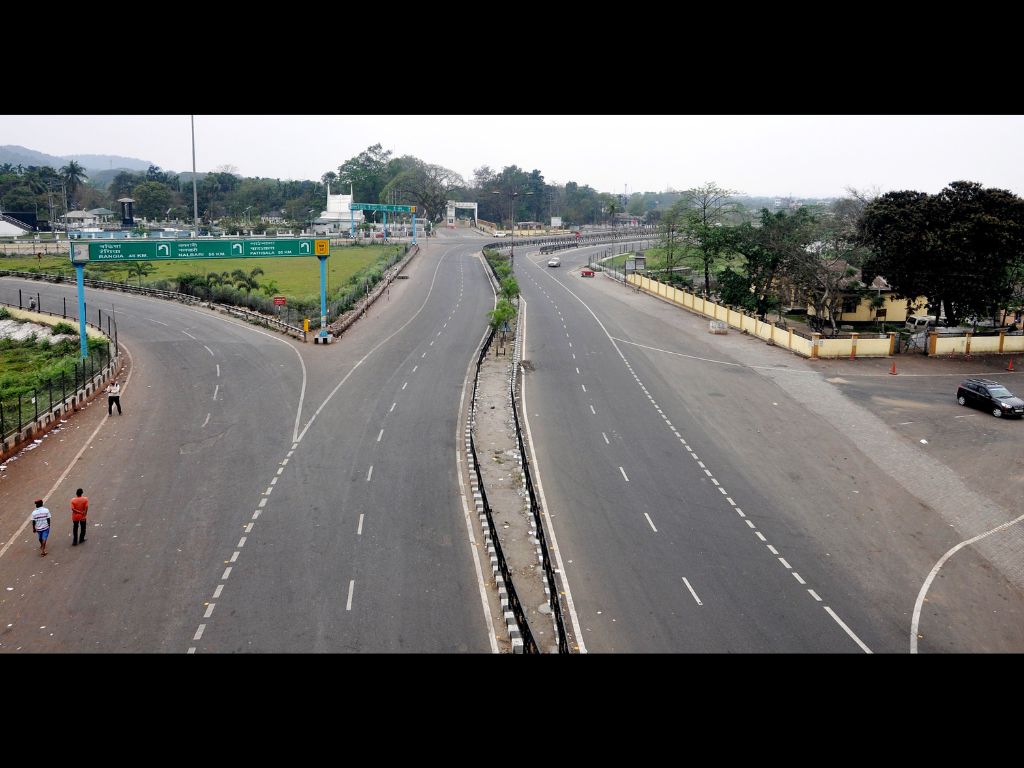
Road infrastructure: One of the significant accomplishments of the Bharatiya Janata Party-led National Democratic Alliance government has been the Bharatmala Pariyojna, which is an ecosystem of road development. Under this initiative, a vast network of 83,000 kilometres of roads is being developed to connect various corners of the country. The project aims at not only bettering connectivity and reducing time but also better trade and commerce.

Railway infrastructure: The Modi government has taken special care to improve India’s centuries-old railway system. It has introduced the home-made Vande Bharat Express semi-high-speed train at various parts of the country and it is known for its speed, comfort and efficiency. Work is also on to introduce Vande Bharat trains at local levels and the much-talked about bullet train project.
Opposition Congress launches scathing attack on Modi on 9th government anniversary
Other semi-high-speed trains such as Tejas Express and Gatimaan Express have also been introduced in times of the Modi government. Improvements in India’s railways sector are both reflecting the growing speed of trains and their comfort, showcasing the country’s overall engineering prowess.
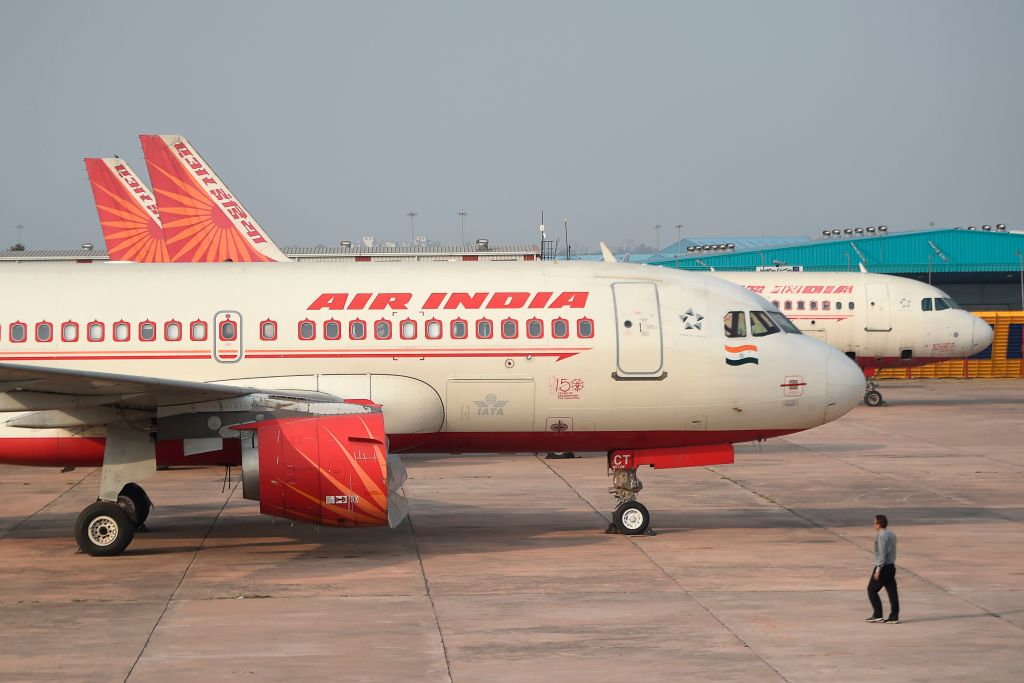
Aviation: One sector which has witnessed a major reform under Modi’s NDA government is aviation. While the government sold national carrier Air India to the Tata Group, which has focused on reviving the airline and taking it back to its days of glory, it has also introduced the Ude Desh Ka Aam Nagrik (UDAN) scheme to connect the country’s remote areas by air to promote tourism and boost regional economies.
The government’s emphasis on ease of doing business and infrastructure development has also led to foreign investments, causing a big jump in airline passengers in the country.
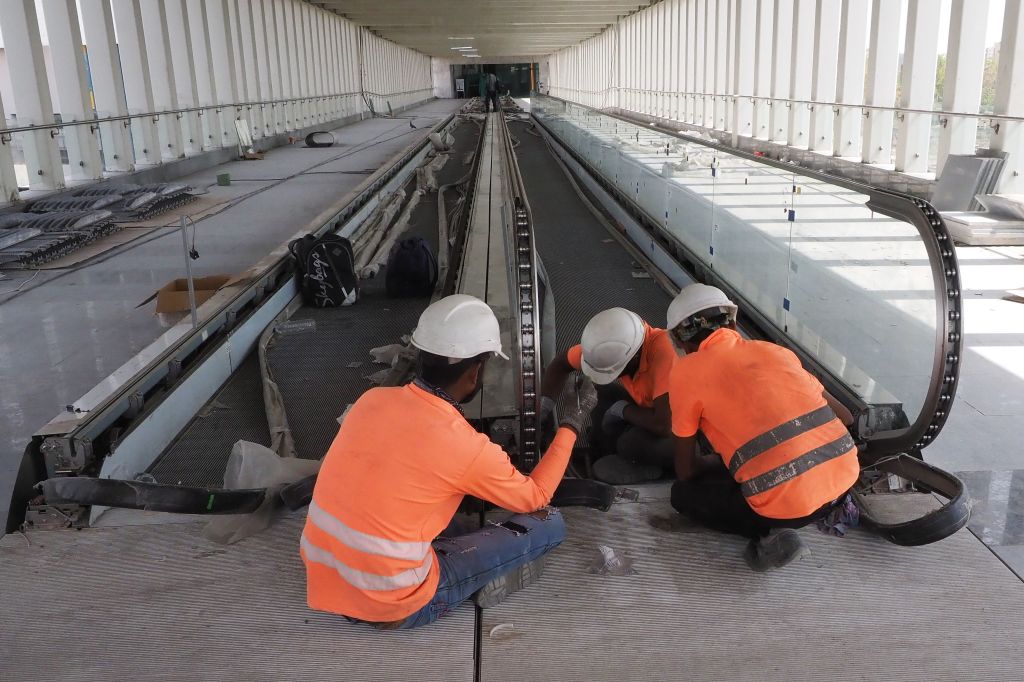
Aiming $5 trillion economy: The Modi government has come up with a major vision of achieving a $5-trillion economy and as means to boost the economy towards that goal, initiatives such as ‘Digital India’, ‘Make in India’ and the Goods and Services Tax have been introduced to attract investments through encouraging manufacturing, digitisation and a simplified tax structure. Though the goal remains a high one, the government’s multi-faceted approach to achieve it remains a high talking point of the nine years of the Modi government.
The growth of GDP: Under stewardship of the Modi government, India has consistently seen a commendable growth in its GDP. The government has implemented structural reforms, streamlined bureaucracy and promoted entrepreneurship to help the South Asian economy turn into a major fastest-growing economy in the world.
In October last year, Modi said while addressing a virtual event for ‘Rozgar Mela’ (employment fair) that since 2014, India moved ahead by three spots to become the fifth largest economy and one of the reasons that made it possible is removal of obstacles that came on the way of its economic rise.
Foreign reserves: Economic policies pursued by the Modi government have strengthened India’s foreign reserves which have given the country financial stability and shielded it from external shock. While the rupee’s slide against dollar for various factors have raised concerns at times, India has managed to take its foreign reserves above the $600 billion mark, giving the economy a solid foundation.
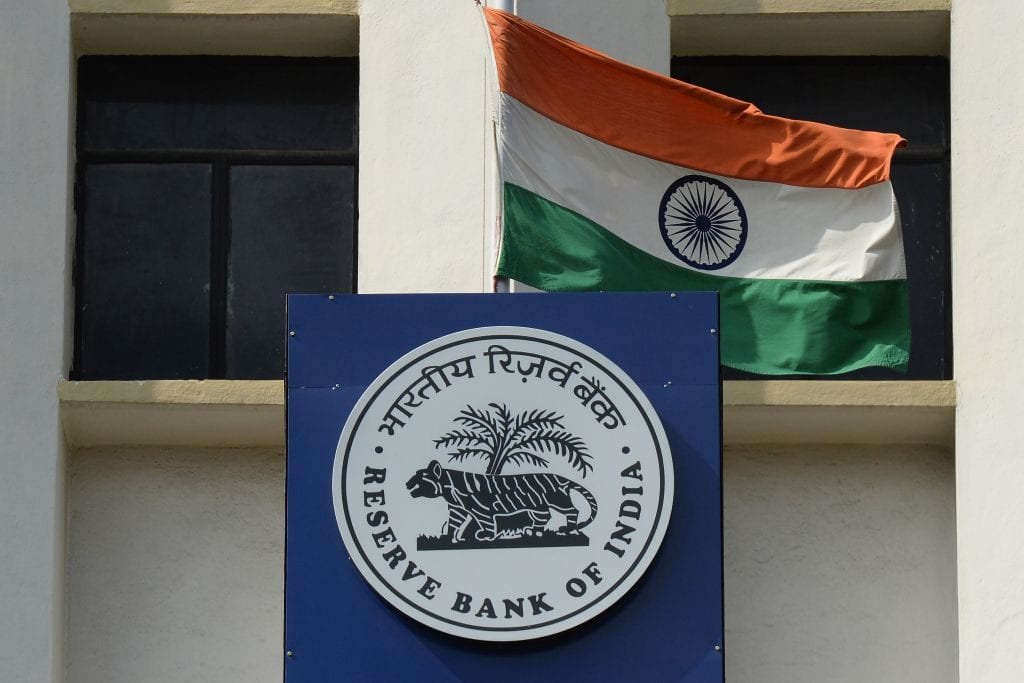
Banking: India has also seen significant banking reforms in the past nine years and its central bank — the Reserve Bank of India (RBI) — has played a key role. These reforms have improved transparency in the banking system and the credit growth. The RBI has been a busy player all this while, taking various steps to better liquidity, promote financial inclusion and maintain a favourable environment for monetary policies. The stock market has also done well during this period and attracted both domestic and foreign investors.